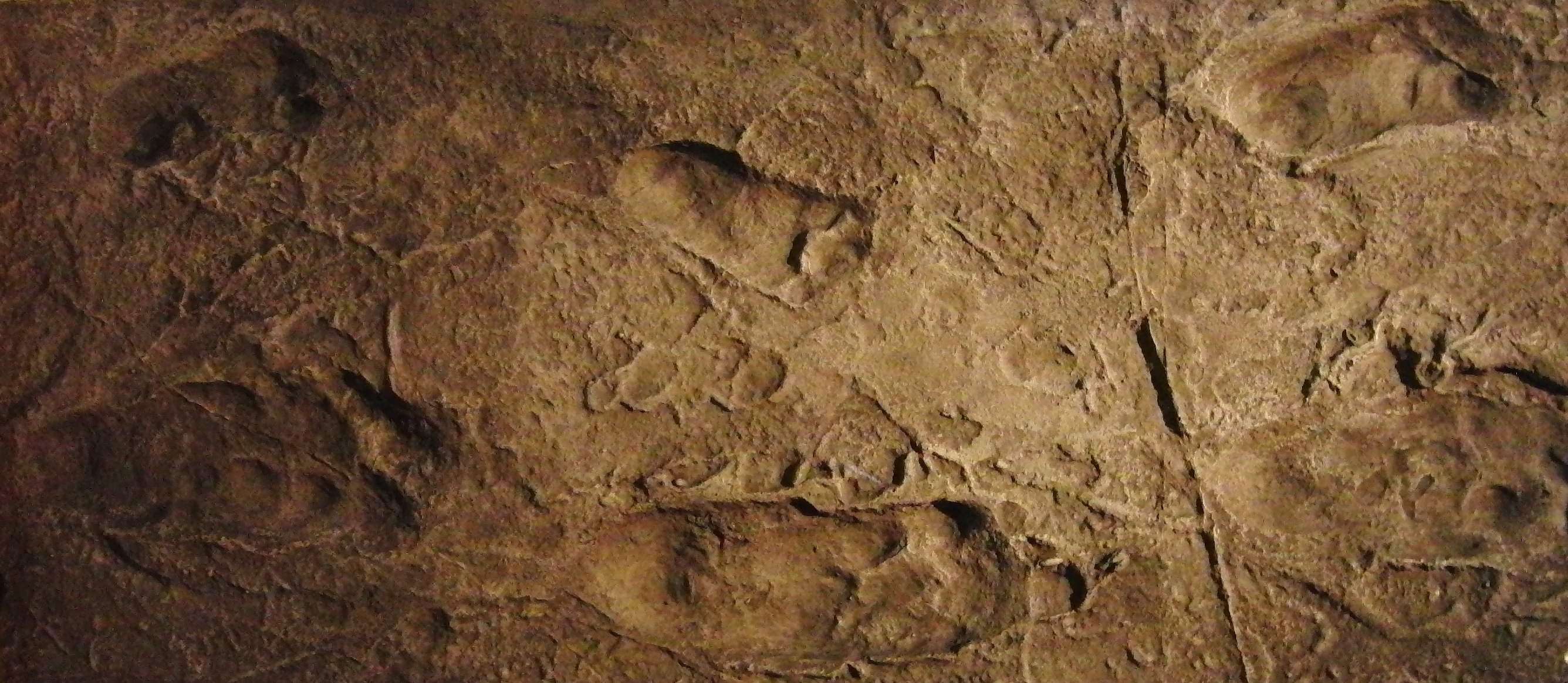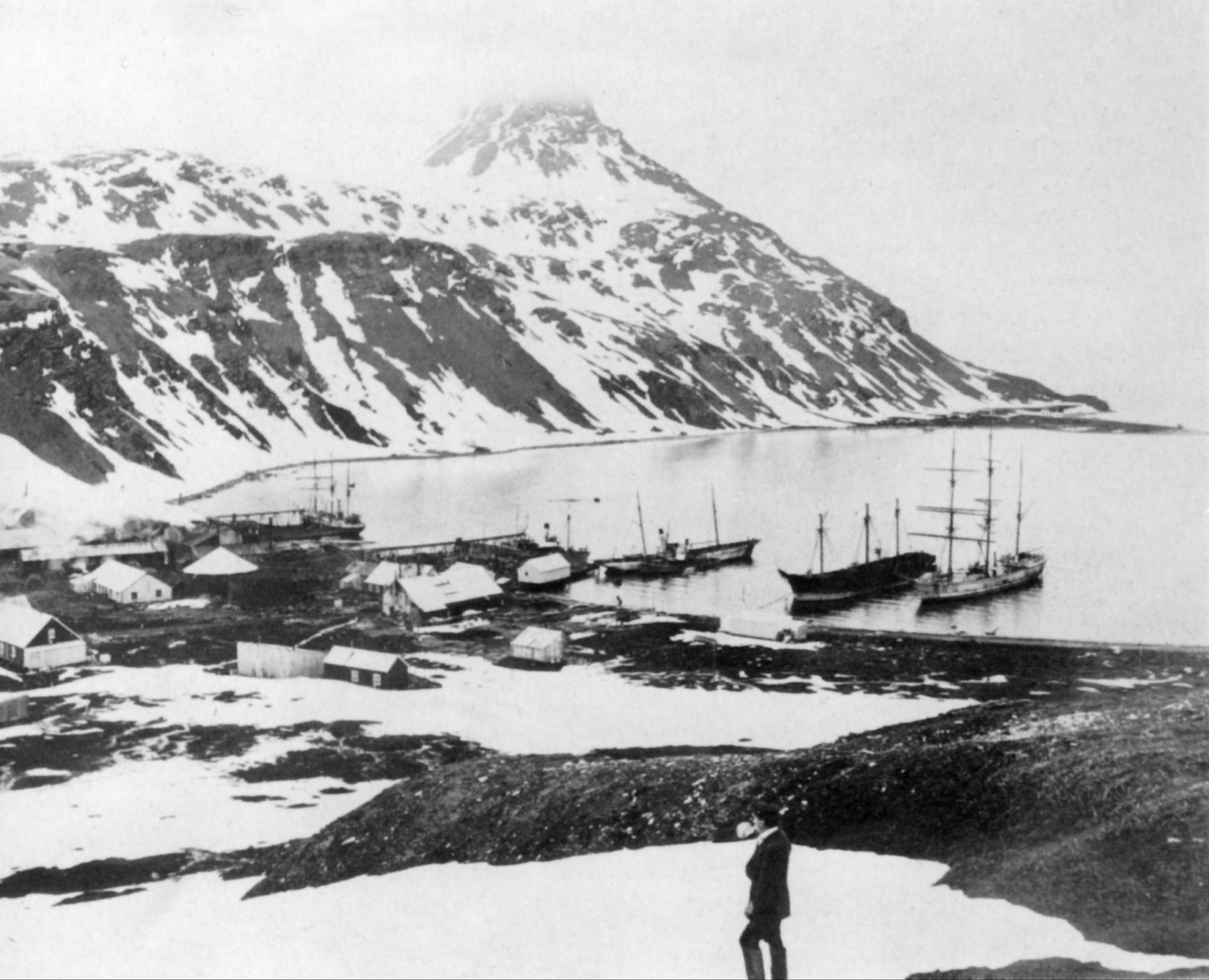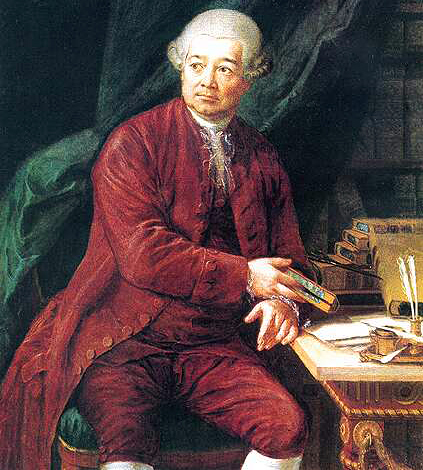|
Kohl-Larsen
Ludwig Kohl-Larsen (born ''Ludwig Kohl''; 5 April 1884 in Landau in der Pfalz – 12 November 1969 in Bodensee) was a German physician, amateur anthropologist, and explorer. Biography In 1911, he traveled as ship's doctor with Wilhelm Filchner to Antarctica, but did not participate in the expedition to the Weddell Sea due to appendicitis. At South Georgia he cured himself out and met his wife, the daughter of Carl Anton Larsen, the founder of the whaling station at Grytviken. During the First World War, he was a government doctor working in Micronesia. In 1928, he visited South Georgia with his wife and the cameraman Albert Benitz to lead the first scientific expedition to the island. In 1931, he joined the Nazi Party, and later undertook, partly on behalf of the Deutsche Forschungsgemeinschaft, expeditions to Tanganyika Territory in search of "primitive man". In 1938/1939, he discovered ''Australopithecus afarensis'' at Laetoli, without realizing the importance of his find. H ... [...More Info...] [...Related Items...] OR: [Wikipedia] [Google] [Baidu] |
Hadza People
The Hadza, or Hadzabe (''Wahadzabe'', in Swahili), are a protected hunter-gatherer Tanzanian indigenous ethnic group, primarily based in Baray, an administrative ward within Karatu District in southwest Arusha Region. They live around the Lake Eyasi basin in the central Rift Valley and in the neighboring Serengeti Plateau. As descendants of Tanzania's aboriginal, pre- Bantu expansion hunter-gatherer population, they have probably occupied their current territory for thousands of years with relatively little modification to their basic way of life until the last century. They have no known close genetic relatives and their language is considered an isolate. Since the first European contact in the late 19th century, governments and missionaries have made many attempts to settle the Hadza by introducing farming and Christianity. These efforts have largely failed, and many Hadza still pursue a life similar to their ancestors. Since the 18th century, the Hadza have come into in ... [...More Info...] [...Related Items...] OR: [Wikipedia] [Google] [Baidu] |
Mumba Cave
Mumba Cave, located near the highly alkaline Lake Eyasi in Karatu District, Arusha Region, Tanzania. The cave is a rich archaeological site noted for deposits spanning the transition between the Middle Stone Age and Late Stone Age in Eastern Africa. The transitional nature of the site has been attributed to the large presence of its large assemblage of ostrich eggshell beads and more importantly, the abundance of microlith technology. Because these type artifacts were found within the site it has led archaeologists to believe that the site could provide insight into the origins of modern human behavior. The cave was originally tested by Ludwig Kohl-Larsen and his wife Margit in their 1934 to 1936 expedition. They found abundant artifacts, rock art, and burials. However, only brief descriptions of these findings were ever published. That being said, work of the Kohl-Larsens has been seen as very accomplished due to their attention to detail, especially when one considers that neit ... [...More Info...] [...Related Items...] OR: [Wikipedia] [Google] [Baidu] |
Isanzu
The Isanzu (Anyihanzu) are a Bantu ethno-linguistic group based in Mkalama District, Singida Region, Tanzania. In 1987 the Isanzu population was estimated to number 32,40 The Isanzu have matrilineal descent groups and are agriculturalists who subsist on sorghum, millet, and maize. Most Isanzu make a living as farmers and through migrant labour to other parts of the country, principally, Arusha District, Arusha. Isanzuland was colonized by Germany in the late 19th century, and during the First World War, occupied by British forces. Following the war Tanganyika became a British Trust Territory and a British administration governed this area, like the rest of the Territory, through a policy of Indirect Rule until independence in 1961.Illiffe, John 1979. ''The History of Tanganyika''. Cambridge: Cambridge University Press. Language The Isanzu speak a Bantu language called ''kinyihanzu''. Nearly everyone also speaks Swahili, Tanzania's ''lingua franca A lingua franca (; ; fo ... [...More Info...] [...Related Items...] OR: [Wikipedia] [Google] [Baidu] |
Laetoli
Laetoli is a pre-historic site located in Enduleni ward of Ngorongoro District in Arusha Region, Tanzania. The site is dated to the Plio-Pleistocene and famous for its Hominina footprints, preserved in volcanic ash. The site of the Laetoli footprints (Site G) is located 45 km south of Olduvai gorge. The location and tracks were discovered by archaeologist Mary Leakey and her team in 1976, and were excavated by 1978. Based on analysis of the footfall impressions "The Laetoli Footprints" provided convincing evidence for the theory of bipedalism in Pliocene Hominina and received significant recognition by scientists and the public. Since 1998, paleontological expeditions have continued under the leadership of Amandus Kwekason of the National Museum of Tanzania and Terry Harrison of New York University, leading to the recovery of more than a dozen new Hominina finds, as well as a comprehensive reconstruction of the paleoecology. The site is a registered National Historic Sites of ... [...More Info...] [...Related Items...] OR: [Wikipedia] [Google] [Baidu] |
Australopithecus Afarensis
''Australopithecus afarensis'' is an extinct species of australopithecine which lived from about 3.9–2.9 million years ago (mya) in the Pliocene of East Africa. The first fossils were discovered in the 1930s, but major fossil finds would not take place until the 1970s. From 1972 to 1977, the International Afar Research Expedition—led by anthropologists Maurice Taieb, Donald Johanson and Yves Coppens—unearthed several hundreds of hominin specimens in Hadar, Ethiopia, Hadar, Ethiopia, the most significant being the exceedingly well-preserved skeleton AL 288-1 ("Lucy (Australopithecus), Lucy") and the site AL 333 ("the First Family"). Beginning in 1974, Mary Leakey led an expedition into Laetoli, Tanzania, and notably recovered fossil trackways. In 1978, the species was first species description, described, but this was followed by arguments for splitting the wealth of specimens into different species given the wide range of variation which had been attributed to sexual dimorphi ... [...More Info...] [...Related Items...] OR: [Wikipedia] [Google] [Baidu] |
Landau In Der Pfalz
Landau (), officially Landau in der Pfalz (, ), is an autonomous (''kreisfrei'') town surrounded by the Südliche Weinstraße ("Southern Wine Route") district of southern Rhineland-Palatinate, Germany. It is a university town (since 1990), a long-standing cultural centre, and a market and shopping town, surrounded by vineyards and wine-growing villages of the Palatinate wine region. Landau lies east of the Palatinate forest, on the German Wine Route. It contains the districts (''Ortsteile'') of Arzheim, Dammheim, Godramstein, Mörlheim, Mörzheim, Nussdorf, Queichheim, and Wollmesheim. History and other settings Landau was first mentioned as a settlement in 1106. It was in the possession of the counts of Leiningen-Dagsburg-Landeck, whose arms, differenced by an escutcheon of the Imperial eagle, served as the arms of Landau until 1955. The town was granted a charter in 1274 by King Rudolf I of Germany, who declared the town a Free Imperial Town in 1291; nevertheless Prince-Bis ... [...More Info...] [...Related Items...] OR: [Wikipedia] [Google] [Baidu] |
Carl Anton Larsen
Carl Anton Larsen (7 August 1860 – 8 December 1924) was a Norwegian-born whaler and Antarctic explorer who made important contributions to the exploration of Antarctica, the most significant being the first discovery of fossils for which he received the Back Grant from the Royal Geographical Society. In December 1893 he became the first person to ski in Antarctica on the Larsen Ice Shelf which was subsequently named after him. In 1904, Larsen re-founded a whaling settlement at Grytviken on the island of South Georgia. In 1910, after some years' residence on South Georgia, he renounced his Norwegian citizenship and took British citizenship. The Norwegian whale factory ship was named after him. Early life Carl Anton Larsen was born in Østre Halsen, Tjolling, the son of Norwegian sea captain Ole Christian Larsen and his wife Ellen Andrea Larsen (née Thorsen). His family subsequently relocated to nearby Sandefjord, the home of the Norwegian whaling industry, where at ... [...More Info...] [...Related Items...] OR: [Wikipedia] [Google] [Baidu] |
Ethnology
Ethnology (from the , meaning 'nation') is an academic field and discipline that compares and analyzes the characteristics of different peoples and the relationships between them (compare cultural, social, or sociocultural anthropology). Scientific discipline Compared to ethnography, the study of single groups through direct contact with the culture, ethnology takes the research that ethnographers have compiled and then compares and contrasts different cultures. The term ''ethnologia'' (''ethnology'') is credited to Adam Franz Kollár (1718–1783) who used and defined it in his ''Historiae ivrisqve pvblici Regni Vngariae amoenitates'' published in Vienna in 1783. as: "the science of nations and peoples, or, that study of learned men in which they inquire into the origins, languages, customs, and institutions of various nations, and finally into the fatherland and ancient seats, in order to be able better to judge the nations and peoples in their own times." Kollár's int ... [...More Info...] [...Related Items...] OR: [Wikipedia] [Google] [Baidu] |
People From Landau
The term "the people" refers to the public or common mass of people of a polity. As such it is a concept of human rights law, international law as well as constitutional law, particularly used for claims of popular sovereignty. In contrast, a people is any plurality of persons considered as a whole. Used in politics and law, the term "a people" refers to the collective or community of an ethnic group or nation. Concepts Legal Chapter One, Article One of the Charter of the United Nations states that "peoples" have the right to self-determination. Though the mere status as peoples and the right to self-determination, as for example in the case of Indigenous peoples (''peoples'', as in all groups of indigenous people, not merely all indigenous persons as in ''indigenous people''), does not automatically provide for independent sovereignty and therefore secession. Indeed, judge Ivor Jennings identified the inherent problems in the right of "peoples" to self-determination, as i ... [...More Info...] [...Related Items...] OR: [Wikipedia] [Google] [Baidu] |






